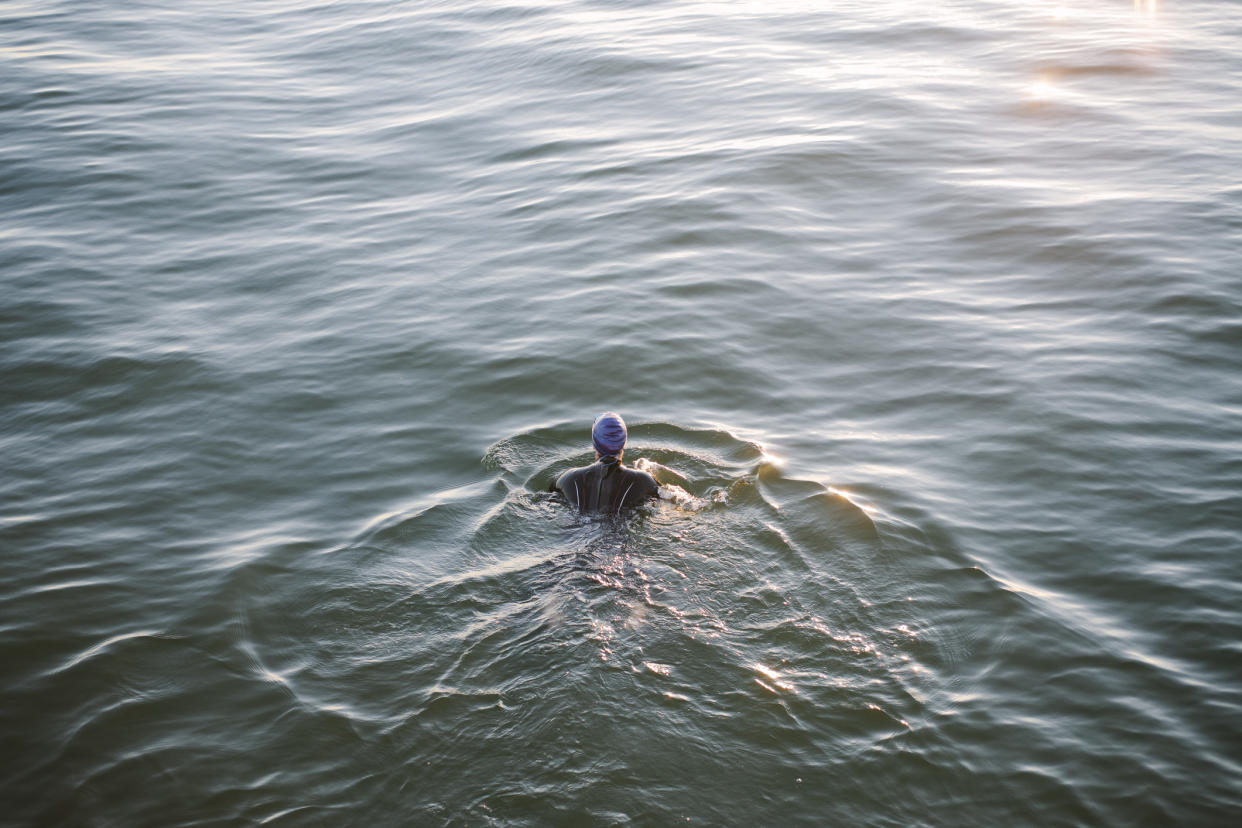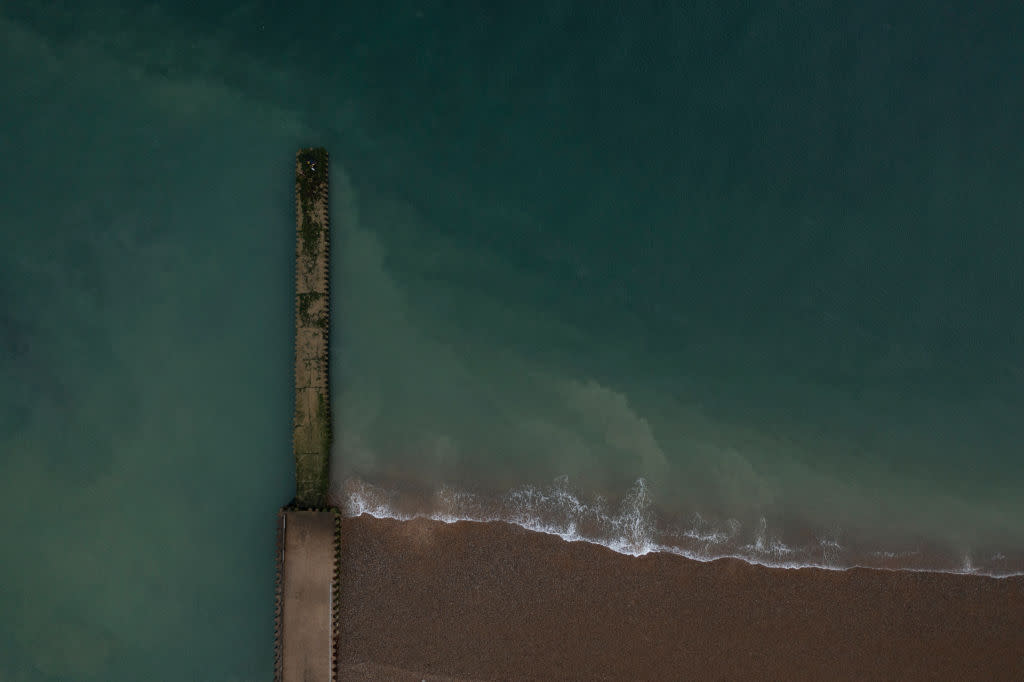What happens to your body if you swim in sewage contaminated seas
Watch: Huge increase in raw sewage released into UK waterways and sea, data reveals
Swimmers are being urged to consider the health risks of swimming in sewage polluted seas following the dumping of waste water into the seas.
Earlier this week visitors to more than 50 British beaches were warned to avoid entering the water due to the risk posed by sewage by environmental campaign group Surfers Against Sewage (SAS).
According to the Labour Party’s analysis of Environment Agency (EA) data, water companies have pumped raw sewage into Britain’s seas and rivers for more than nine million hours since 2016.
Due to extreme amounts of sewage being pumped into the sea, SAS have created an interactive map showing pollution risk warnings across the UK.
Commenting on the problem Hugo Tagholm, CEO of Surfers Against Sewage, told the Independent: “Sadly, our beaches are suffering from another tidal wave of sewage pollution, right at the peak of the summer holidays when people should be swimming, surfing and having fun in the water free of the fear of industrial effluent pumped out by water companies.
“The beach holiday is loved up and down the country, yet sewer overflows pose a regular risk to all those swimming off our sandy shores."
Read more: Teacher endures freezing temperatures to go wild swimming every day for a year

Health risks of swimming in sewage contaminated water
Not only will news of the sewage contamination impact Britons hoping to squeeze in a staycation before the end of the summer holidays, it could have a more serious effect on anyone who unwittingly swims in polluted waters.
Health risks of swimming in sewage-contaminated sea include various nasties such as stomach, chest, ear, eye infections, e-coli, salmonella and even hepatitis A, which can also be contracted through contact with dirty water.
“Swimming in sewage contaminated water can expose you to lots of nasty bacteria and viruses," explains Dr Samuel Jones from Queen Mary's Hospital, Sidcup.
"Viruses may cause a diarrhoea and vomiting bug leading to gastroenteritis or infections in the ear, nose and throat.
“Bacteria such a campylobacter, salmonella and E. coli can be found in sewage and cause severe diarrhoea and vomiting that can make you very dehydrated and unwell.
“There have also been reports that hepatitis A is often contracted through sewage water through infected faecal matter, which can lead to liver damage," Dr Jones continues.
"Symptoms will initially include muscle aches, fevers and vomiting but can progress to yellowing of the skin through jaundice.”
Read more: Cooling off? Here's how to stay safe around water

According to the SAS Water Quality report 2021 the most common illness experienced by water users was gastroenteritis, with 177 reports submitted, accounting for 67% of all illnesses reported. This is an increase of 64% compared to 2019/20 reports.
Reports of ear, nose and throat infections also rose in 2021, accounting for 39 health reports.
Dr Georgios Efthimiou, lecturer in microbiology at Hull University, says there are also toxic heavy metals in sewage like cadmium, lead and mercury that can lead to serious poisoning or even cancer after long exposure.
"Water samples are regularly analysed by the authorities (DEFRA in the UK). If toxic chemicals or pathogenic microbes are above certain levels, the authorities can prohibit swimming in a particular beach. Beaches with ultra clean water are rewarded with a Blue Flag," he adds.
It isn't just sea water that poses a risk to health.
“Weil's disease (leptospirosis) is a bacterial infection that can be picked up from sewers, rivers, ponds and canals, which are contaminated with rat urine," explains Dr Catrin Bevan, GP at The London General Practice.
"This can present with symptoms of fever chills headaches nausea vomiting and muscle aching.
“There may also be pollutants and chemicals from roads such as salt and oil and pesticides which can make people very ill if ingested."
Read more: Study launched into benefits of wild swimming as antidepressant alternative

How to protect yourself from sewage contaminated seas
Thankfully there are some ways you can make sure your trip to the coast doesn't result in serious illness.
The SAS Safer Seas and Rivers Service app alerts water users in real time when sewer overflows discharge untreated human sewage into the sea and when water quality is temporarily reduced due to heavy rainfall and pollution incidents.
The free-to-use app covers 390 beaches across England, Scotland and Wales. Just type the name of the beach into the search bar to check if any water quality alerts are in place before you head into the water.
In terms of health, the SAS also provide a health report in the app which users can fill out if they become sick from pollution.
The Environment Agency website Swimfo also assesses the water quality at more than 400 designated bathing water sites in England.
You should also look out for signs at the beach, which will also alert you if the sea is potentially unsafe for swimming due to sewage.


